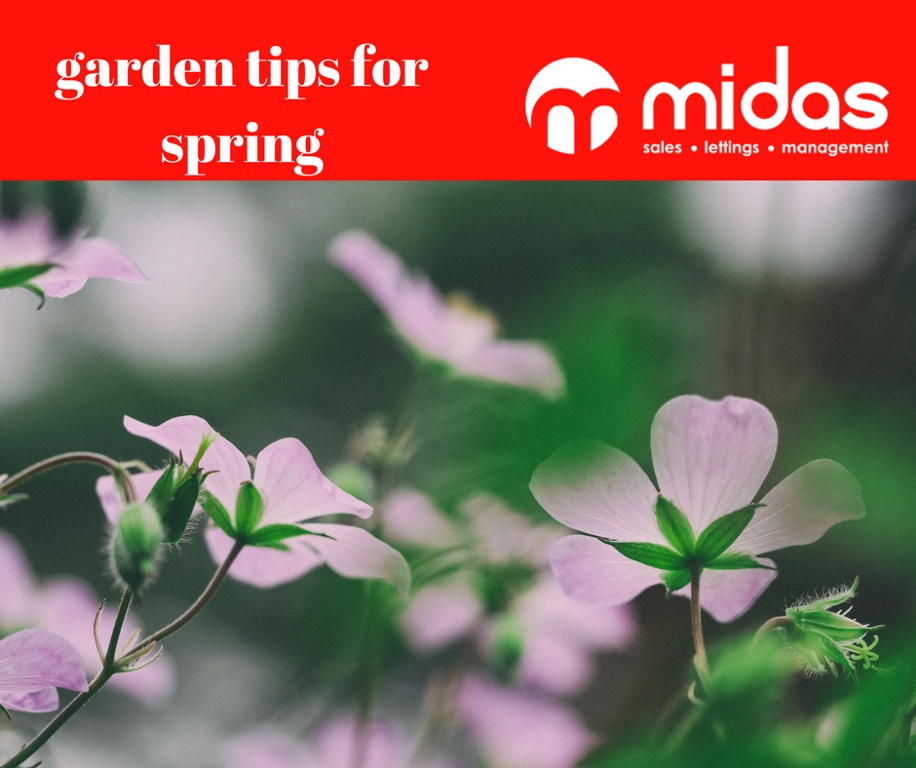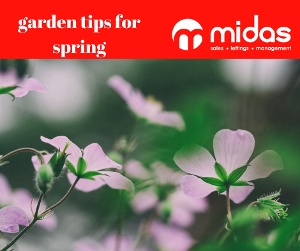In the spring the garden is in the starting holes and is waiting impatiently for the start shot for the new garden season. Cultivate spring blossoms, prepare sowing plants and bring back plant plants: in order to turn your garden into a small paradise in the spring, we reveal the gardening to be done in the spring
1. Clean out the garden It’s time to clean your garden and remove all the debris (leaves, leftover snow, etc.) Get rid of weeds, making sure that you get the roots so they won’t grow back. This is also a good time to sharpen your garden tools, if needed, because you’re going to require them for plant maintenance and soil care.
2. Revitalize the soil Because your soil is likely dried out and packed after winter, it’s time to add moisture. Add organic material like compost or manure. You might need to test the soil to see what nutrients it needs, so you give it the right mixture. You might also need to add more fertilizer to increase the health of the soil and increase the life of your plants.
3.Trim old plants Plants that survived the winter will need to be pruned so they’ll grow anew in the spring. Make sure to wait until mid-April or May in case there’s an unexpected freeze. Blooming plants should be pruned right after they bloom to avoid cutting off future flowers. Summer plants should be pruned in early spring.
4. Add mulch In addition to fertilizers and organic materials, you should think about adding mulch to your flower beds and garden. One to three inches of mulch helps to prevent weeds and diseases. It also keeps the moisture in the garden and maintains the temperature. The rule of thumb is to keep the mulch a few inches from the plant stems to prevent roots from rotting.
5. Plant new flowers and shrubs Once you’ve gotten the garden in shape and handled all of the old plants, it’s time to turn your attention to new plants. Some recommendations for good spring plants include:
- Pansies
- Snapdragons
- Vegetables like lettuce, peas and arugula
- Redbuds
- Transplanting tomato plants from indoor pots to outside
- Lilacs
- Tulips
You should lean towards planting more perennials rather than annuals, because annuals have to be replaced every year. This means you’re making an investment in plants that will die every year and require replacement. Perennials, on the other hand, last for two to three years and usually survive winter frosts.






